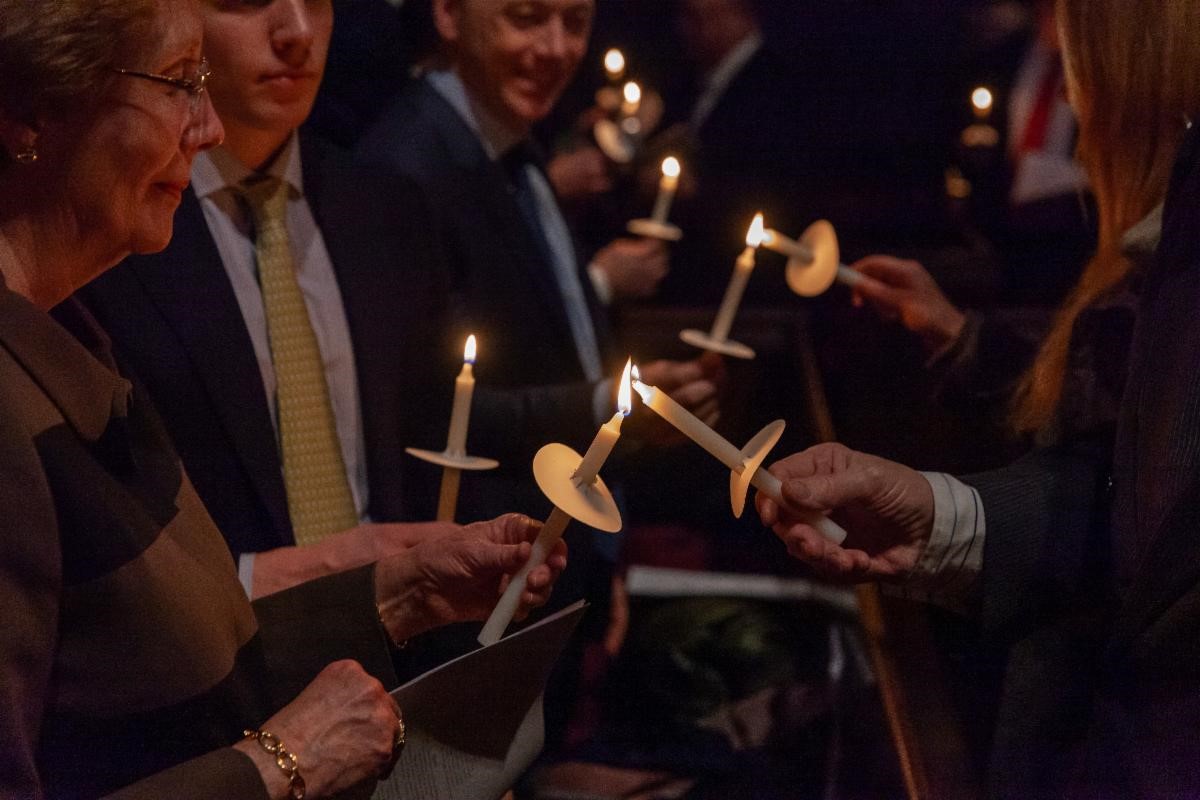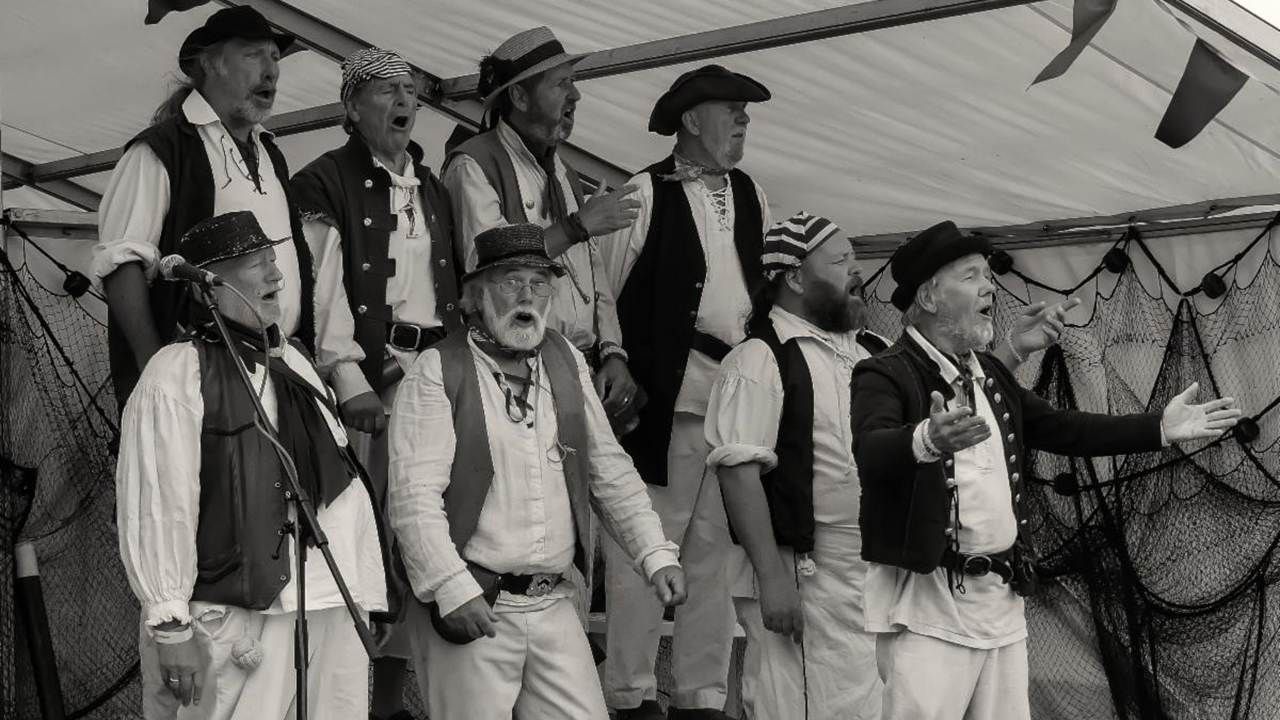Dear Friends,
When I was a boy, I remember learning British folk songs and sea shanties around the piano at school. None of that really happens anymore. The English Hymnal invited Vaughan Williams to serve as the principal editor, and he insisted that it be filled with folk melodies from England, Wales, Scotland, and Ireland. These melodies are more than just tunes—they are placeholders of memory, allowing the stories of generations to converge and create a kaleidoscope of experiences.
There is something about God’s creativity in our music-making—I think it was John Donne who said that the ear is the Holy Spirit’s first door. And, of course, traditional iconography depicts Pope St. Gregory the Great with a dove, which represented the Holy Spirit, apparently humming the eight plainsong tones into his ear! We know it is the Holy Spirit because animals, generally, do not sing. Music and singing, in particular, seems to be a uniquely human trait, directly associated with the creativity of God. Famously, Louis Armstrong once said, “All music is folk music. I ain’t never heard a horse sing a song!”

Marty Haugen, giving a lecture to a Lutheran conference in 1998, shared a story about his friend from Ghana, Sowah Mensa. Sowah described the role of the musician in restoring those who are cut off from the community:
They [that is, musicians] were the people whom you went to when your life was in crisis–when your marriage was in trouble, when you were cut off from the community, when you felt lost and alone. I told him that in America, an artist or musician tends to be the last person you go to for advice about relationships (with the possible exception of a politician). Sowah said that the artist is the one who knows all the songs of the community–the songs of their history, the songs of their relationship and the songs of their vision. In his words, “The musician sings the song to you and ‘re-members’ you back into the community.
On Sunday, we will be admitting two of our probationer choristers to the choir. It is always a beautiful ceremony when they receive their surplices, but my favorite part is when the Head and Deputy Head Choristers take them to their place in the choir to install them. Placing boy choristers in the choir stalls (hence the term “installation”) reminds us that the choristers are not there to entertain the congregation. They wear robes and are installed, just as clergy are given stalls when they begin their ministry.
Choristers are not child performers like those on Broadway or at the Lincoln Center—they are ministers. These probationers will take their place not just alongside the other choristers, the gentlemen of the choir, and the organists, but also alongside the clergy. After every service, the choristers say the Chorister’s Prayer of the Royal School of Church Music:

Bless, O Lord, us thy servants,
who minister in thy temple.
Grant that what we sing with our lips,
we may believe in our hearts,
and what we believe in our hearts,
we may show forth in our lives.
Through Jesus Christ our Lord.
Amen.
Note the second line in which choristers are dedicating themselves as ministers in God’s house. There are many forms of ministry in the Church, and the ministry of music-making is an important one that stretches all the way back to that first Temple in Jerusalem, where the priests and the Levites were also skilled musicians, and who built a beloved community through the ministry of music. Note also that choristers pray that they not only believe what they sing but show it forth in their lives through love-filled service.

Finally, next Sunday is the Feast of the Presentation of the Lord in the Temple also known as Candlemas. It is a beautiful feast and I hope you will try to be in Church in-person on February 2. The 11am service will have the traditional Candlemas ceremonies, and the 4pm Evensong will begin with the Blessing of Light.
Affectionately,
Your Priest and Pastor,
Carl

